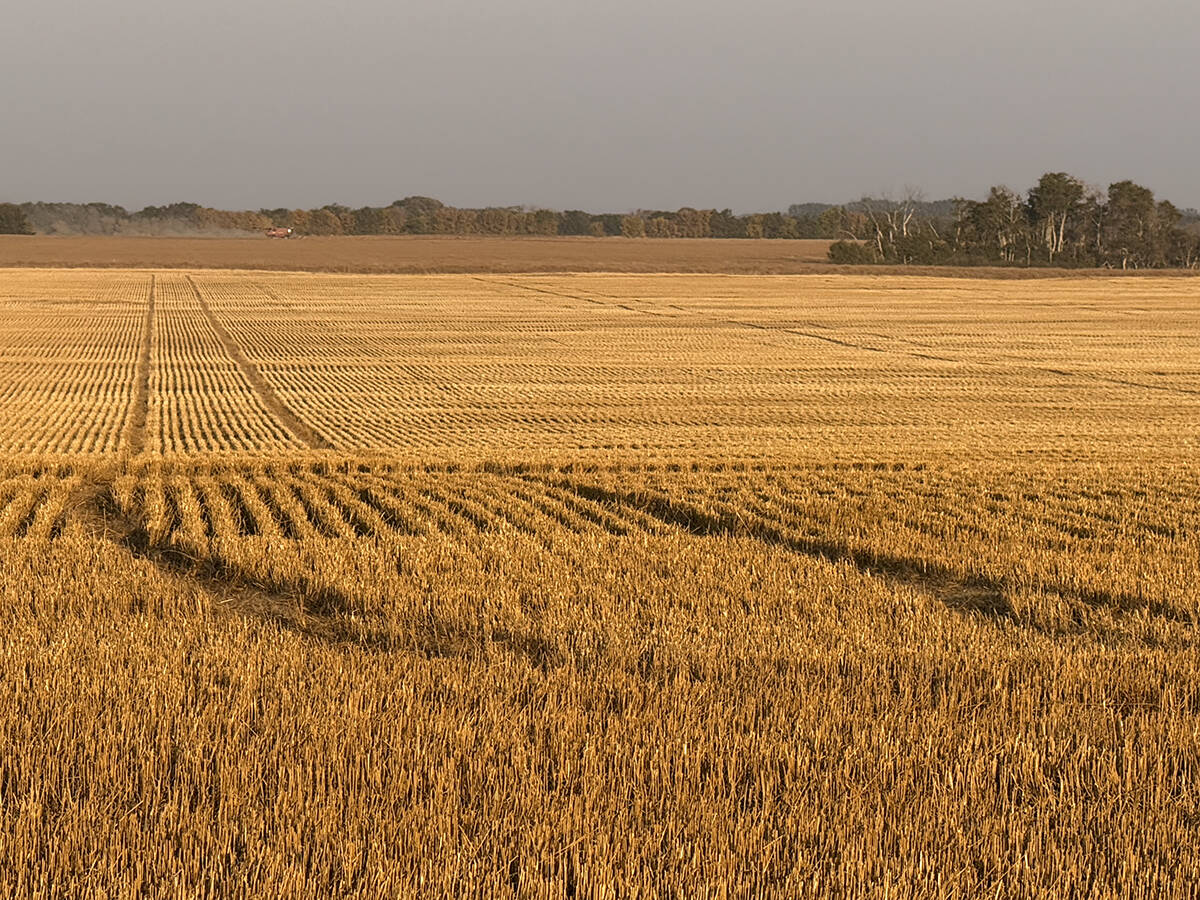Canadian farm leader Bob Friesen is convinced that the next generation of farm programming should feature the return, at least in principle, of one of the most farmer-popular schemes in recent farm programs.
The Canadian Federation of Agriculture and its president are promoting the resurrection of a plan modeled on the Net Income Stabilization Account program – a program disliked by most governments and killed when the current agricultural policy framework was introduced in 2003.
Many of the ministers who gathered at last week’s annual federal-provincial agriculture minister’s meeting in the Newfoundland capital did a good job of suppressing their excitement at the prospect.
Read Also

Final crop reports show strong yields, quality
Crops yielded above average across the Prairies this year, and quality is generally average to above-average.
“I didn’t hear a lot of enthusiasm for that around the table,” said Saskatchewan agriculture minister Mark Wartman.
Federal agriculture minister Chuck Strahl said it could be part of a future debate, but it should not be part of a margin-based stabilization program.
“I’m not allergic to some ideas that have been floated,” he said. “Investment that might have tax benefits for contributions to programs is interesting, but that’s a discussion for the future. I don’t think it is useful to attach that to discussions about new stabilization programming.”
However, Friesen insisted that a new version of NISA should be part of the structure of a new Canadian farm bill designed to help the industry stabilize and grow.
He said in an interview after the idea had been pitched to ministers at a private round table meeting on June 25 that a “self-stabilization” program would be an appropriate way to compensate for losses at the top end of farm margins.
“I really think it would be a winning formula for governments because it would be popular and very accepted by farmers and it would allow farmers to manage some of their own risk while having a predictable amount of money to take to the bank,” he said.
NISA allowed farmers to put money into an account that would attract matching government money.
It was designed to encourage farmers to save in good years for spending when incomes dipped. Instead, government critics of the program said many farmers used it as a retirement savings program, keeping tens of thousands of dollars in their accounts while lobbying for more government emergency aid.
“I just think the experience with the last program has soured governments on the idea,” said a senior provincial official at the meeting. “And to somehow make it part of or an adjunct to a margin-based program just confuses the picture.”
Friesen said changes could be made to the design of the original NISA program to deal with the critics.
He said mandatory withdrawals could be required “to avoid account accumulations.”
As well, it would help new entrants or farmers with little cash to take advantage of the program by being able to “deem” their contribution and then receive the government matching funds.
“This program would be very bankable in that a producer could go to a bank for a loan and know exactly how much money is coming from government,” he said.
Alberta agriculture minister Doug Horner said he is not taken with the CFA design proposal but he does like the idea of a farmer savings program that could attract a tax break, if not direct government matching funds.
“I don’t think from our perspective it would be as affordable as they (the CFA) think it would be,” he said. “But we are interested in a savings plan that makes sure farmers invest in their own protection, something like a registered agricultural savings plan.”














